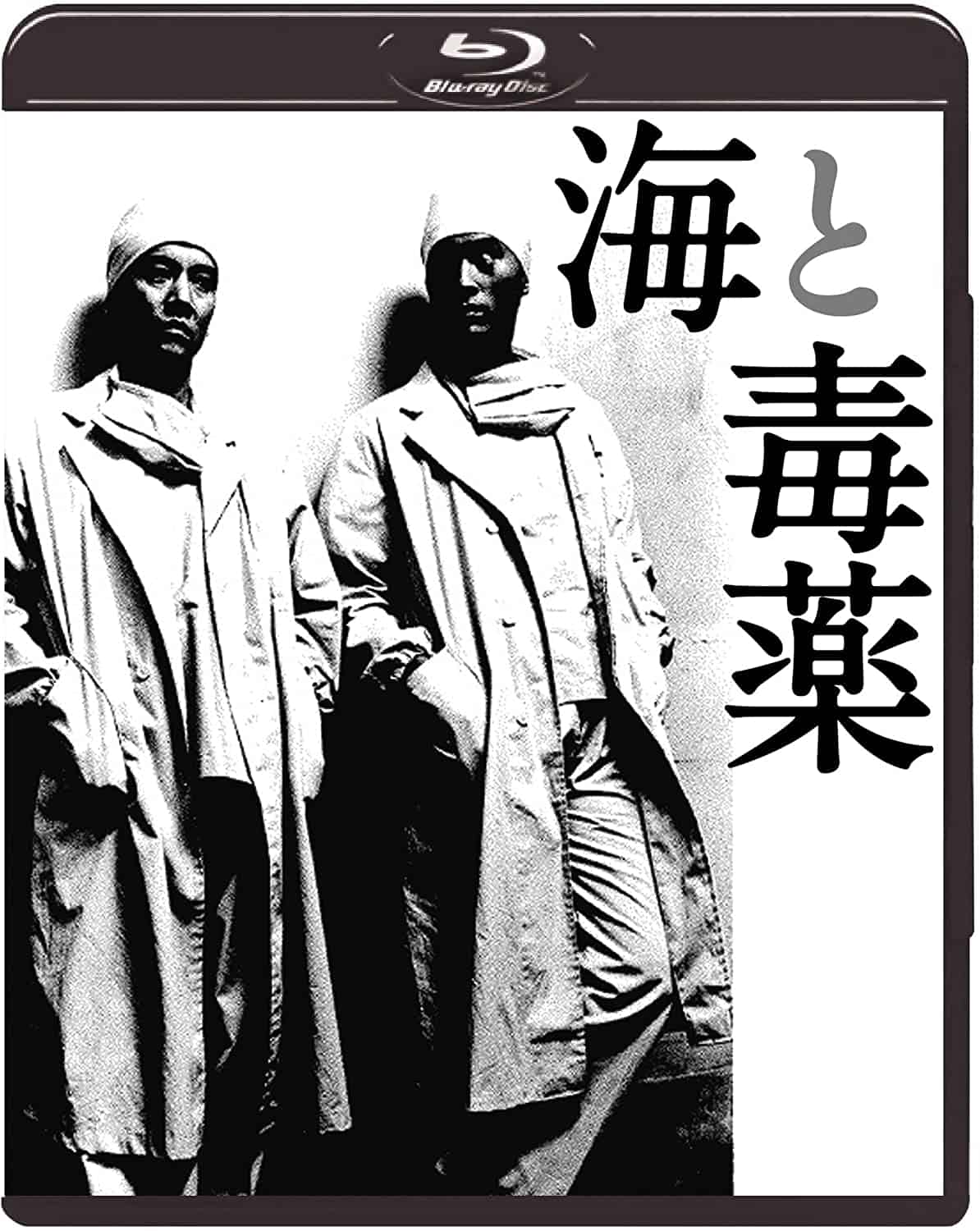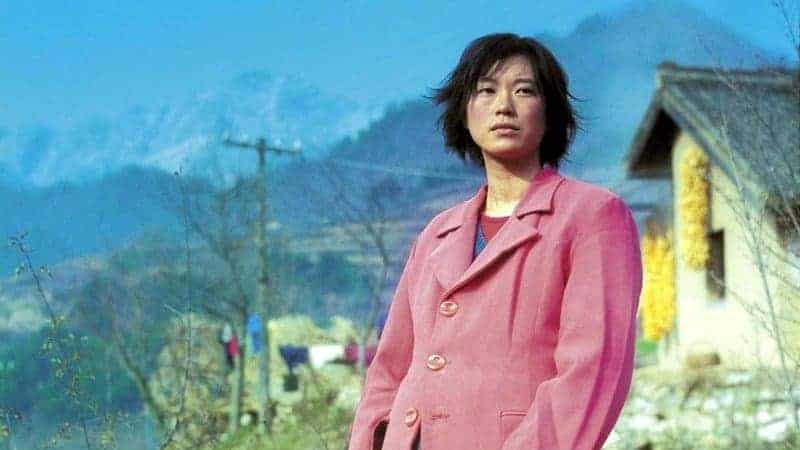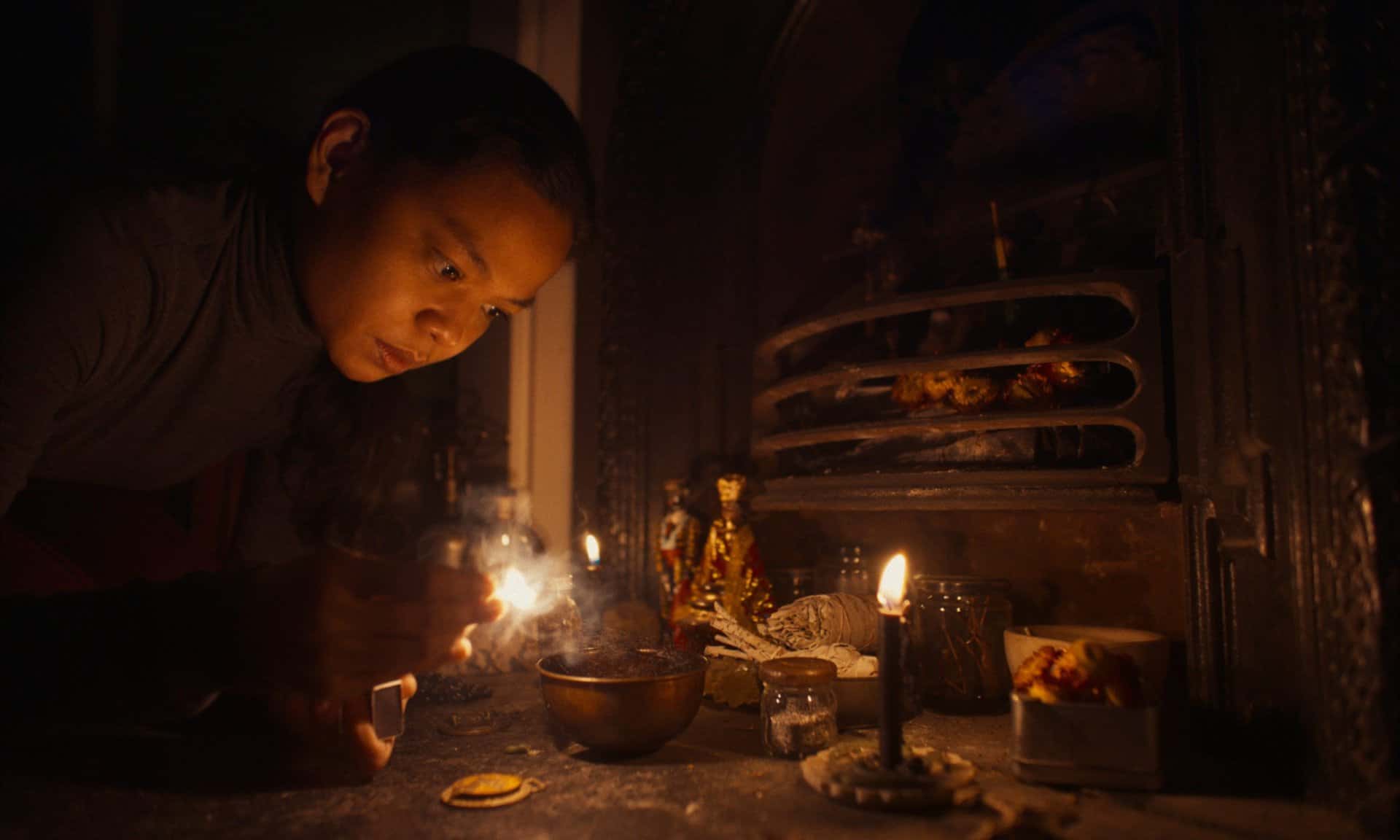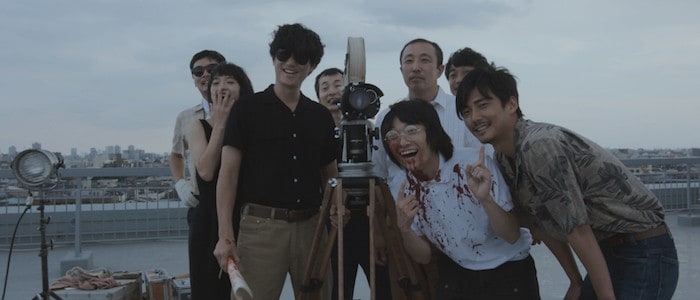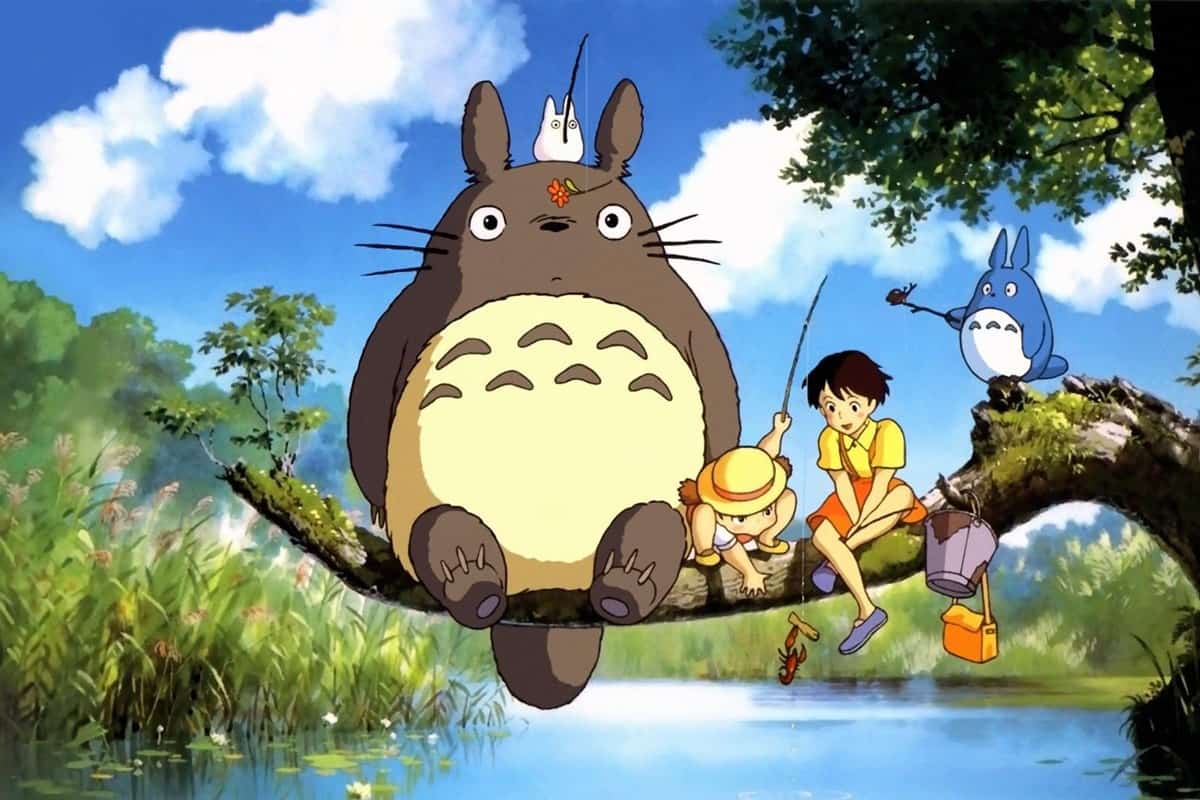Based on the homonymous novel by Shusaku Endo, which tells the story of downed American pilots in World War II who were vivisected by Japanese surgeons in medical experiments, “Sea and Poison” was a great success, winning the Silver Berlin Bear in Berlinale, Best Film and Director from Kinema Junpo and Mainichi, and Best Director from Blue Ribbon, and also an award for editing for Osamu Inoue from the Japanese Academy.
Buy This Title
The film begins with an interrogation conducted in a cell by the American MP, headed by a Japanese officer who is quite harsh on the people he asks questions: two former interns, Suguro and Toda, and a nurse, Ueda. Through flashbacks deriving from their confessions, a rather harrowing tale is presented on screen. This story is split in two parts, with the bombings in Kyushu island, where the hospital of the story is based and the subsequent capturing of American pilots, functioning as the dichotomy.
In the first part, the two interns seem to be caught up in a “war” between the heads of the two surgical clinics, for the position of the hospital dean, as elections are coming up. The two heads, Dr Hashimoto and Dr Narita, seem set to do everything in their power to get the position, including experimenting on patients in an effort to come up with a scientific breakthrough or perform a “miraculous” surgery. An old woman who is in the hospital on welfare is the first victim, with the doctor's attitude after her surgery highlighting his despicability and corruption in the most eloquent fashion. It is somewhere around here that Suguro realizes the harshness of the medical world, with his attitude coming in complete antithesis with Toda's nihilistic demeanor over everything that is happening in front of their eyes.
The second part focuses more on Ueda and particularly her rather unpleasant interactions with Hilda, a German former nurse who is the wife of the head doctor, and likes to help on the wards, to the annoyance of all the other nurses. Another despicable attitude by another doctor ends up with her fired, as the story begins to turn towards the reasons the people who participated in the surgeries of the American soldiers. The inclusion of military men in the story adds another level of cruelty, as the soldiers and officers are presented even more despicable than the head doctors, although Kumai takes care of highlighting that the blame falls upon everyone who participated, perhaps offering some justification to Suguro and Ueda, who at least felt shame and guilt for what they did.
Kei Kumai presents a story that makes a rather harsh comment, regarding the way war turns people into uncompassionate animals but also regarding the harshness of the medical world, where the constant witnessing of death, particularly of surgeons, has turned them completely numb to basic human feelings such as guilt, and viewing their patients as means to and or just a statistic in the best case. The arc with the surgery on the old lady, and the whole way of experimenting on patients suffering from TB highlights this comment quite clearly, with Kumai presenting the head surgeons as true villains.
Through this concept, another comment, regarding the eternal dilemma of sacrificing a few for the greater good is also presented in the movie, although the fact that this happened unbeknownst to the American pilots and the overall demeanor of both doctors and army officers definitely shows Kumai's opinion on the subject.
The psychograph of the three main characters and particularly the different reasons that eventually led them to participate in the surgeries is another central element of the narrative, with Kumai focusing on all three, highlighting their characters through their confessions, their actual words and actions, and their thoughts, which are presented through narration. This aspect also works quite well, giving an almost Hitchcockian essence to the film, with the story frequently unfolding like a thriller. The cast also helps the most in that regard, with Eiji Okuda's path to a total breakdown as Suguro, Ken Watanabe's dispassionate nihilism as Toda and Toshie Negishi's jealousy and almost constant sense of discomfort as Ueda working excellent in that setting.
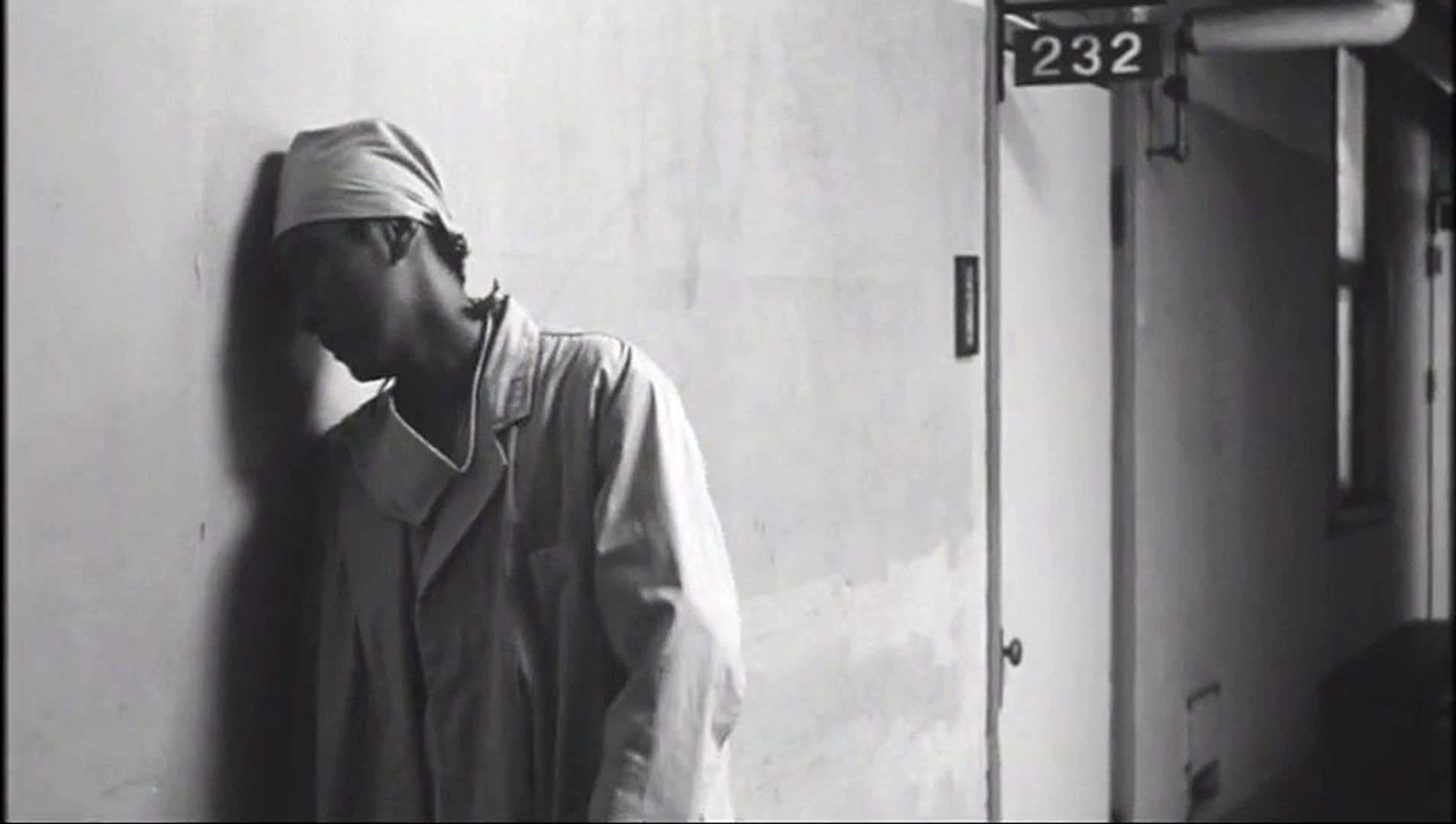
The aforementioned thriller aspect actually soars during the two operations, which are presented as realistically as possible (although I am not sure about the large amounts of water on the floor), with the depiction of the open organs being rather graphic. This approach also extends to the cooperation of the nurses and surgeons, the sweating the latter particularly experienced, and even the blood that occasionally is ejected in their faces. Masao Tochizawa's cinematography in these two scenes is exceptional, highlighting both the actual procedures and the dynamics of the participating individuals, by focusing on their eyes over their covered faces. The acting in that regard is also impressive, essentially intensifying the thriller element. The fact that the image is in black-and-white tones down the impact of these scenes (the surgical part that is), which would probably be unwatchable by many audiences in case the scenes were in color, although they are quite difficult even in monochrome.
The way the various axes are juxtaposed is also a testament to the excellent work done by Osamu Inoue in the editing department, with the succession of scenes giving an avant-garde essence to the narrative, on a number of occasions, while, in combination with the cinematography frequently implements a voyeuristic approach. Shusaku Endo's Roman Catholic perspective is also presented in the film, with the cell the interrogations take place in being situated inside a ruin church, while the statue of a Madonna looking down on Ueda as she confesses is a rather eloquent comment on the concept of judgment, as we witness all the protagonists essentially failing as human beings. The most significant fault of the film, the acting of the interrogator and the various US soldiers that appear, also derives from this part, although not to a point to fault the overall great sense the film leaves.
“Sea and Poison” is impressive both as a story and regarding its rather rich context, and a film that will definitely appeal to all those who can move past the harshness of its realism.
.



